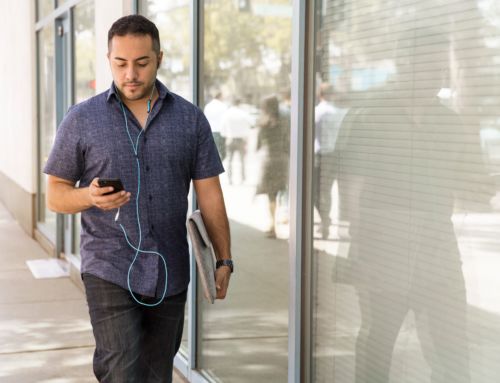Densely populated cities experience planning challenges when accommodating people with disabilities. Perhaps nothing has brought this issue to light more than the evacuations during Superstorm Sandy. During a blackout, wheelchair access to high-rise buildings and subways stops. Disabled New Yorkers got stuck in their apartment buildings, without any aid.
Even the normal, day-to-day life for New York City’s disabled residents brings unnecessary risks. Degrading streets and sidewalks make getting to work near impossible. The situation also creates delay for those who need in-home medical-care.
Despite these various challenges, legal help is on the way. We outline the obstacles disabled New Yorkers face and the recent legal actions that may solve these issues. Read on to learn more.
Emergency Evacuations
When Superstorm Sandy hit New York City in 2012, almost 900,000 disabled New Yorkers couldn’t get the help they required to stay safe.
The city used its emergency preparedness protocol. However, the plan didn’t leave enough time to evacuate people in wheelchairs. The plan didn’t include supply aid workers to get disabled New Yorkers out of their high-rise apartments. To make matters worse, people in wheelchairs couldn’t access elevators when the power went out. These residents remained alone, without emergency assistance, for days after the storm struck.
In November 2013, US District Court Judge Jesse Furman chastised this protocol for citywide procedures. He ruled that it violated New York City Human Rights Law and the Americans with Disabilities Act. The following autumn, a class action lawsuit against New York City settled the matter. City officials agreed to implement a new emergency plan in August 2017.
The new plan calls for more emergency shelters for people with disabilities. It also requires the city to hire people to perform door-to-door canvassing and check on disabled New Yorkers during emergencies. These employees will have access to and provide medical supplies and care, medications, food, water, and electricity.
The new emergency plan also requires the city’s Office of Emergency Management to have a task force. This group will assess and adapt emergency city protocols to accommodate the disables evacuation needs by September 2018.
Damaged Sidewalks and Curbs
Aside from emergency situations, disabled New Yorkers experience day-to-day challenges. They navigate around broken curbs and unmaintained sidewalks and crosswalks. They use pedestrian crossings without wheelchair ramps or braille signage.
Mayor de Blasio’s plan, Vision Zero, aims to eliminate all pedestrian-related traffic deaths. But many advocates for the disabled claim this plan overlooks existing issues with sidewalk and curb infrastructure.
In July 2014, the nonprofit Center for the Independence of Disabled New York (CIDNY) filed a civil rights lawsuit against the city’s transportation department. The lawsuit stated that the city consistently neglects sidewalks, crosswalks, and wheelchair ramps. Disabled New Yorkers have to endure a higher risk of injury just traveling to work or the supermarket below 14th Street. The CIDNY says this safety predicament affects visually impaired, as well as wheelchair-bound, residents.
This lawsuit targets Lower Manhattan, a destination that many New Yorkers regularly visit. In this area, the CIDNY detected 75% of downtown’s 1,066 curbs had safety hazards.
The advocacy group also claims that almost 25% of Lower Manhattan’s curbs don’t have wheelchair ramps at all. Although a plan is not set in place to repair sidewalks yet, the CIDNY and other groups will continue to bring this issue to light.
Seek Help for Your Own Disability Case
New York City is at the forefront of this important civil rights issue. The Americans with Disabilities Act set a legal precedent that protects people with disabilities.
If you think you have been restricted by the obstacles above or similar circumstances, please contact a local personal injury lawyer.

